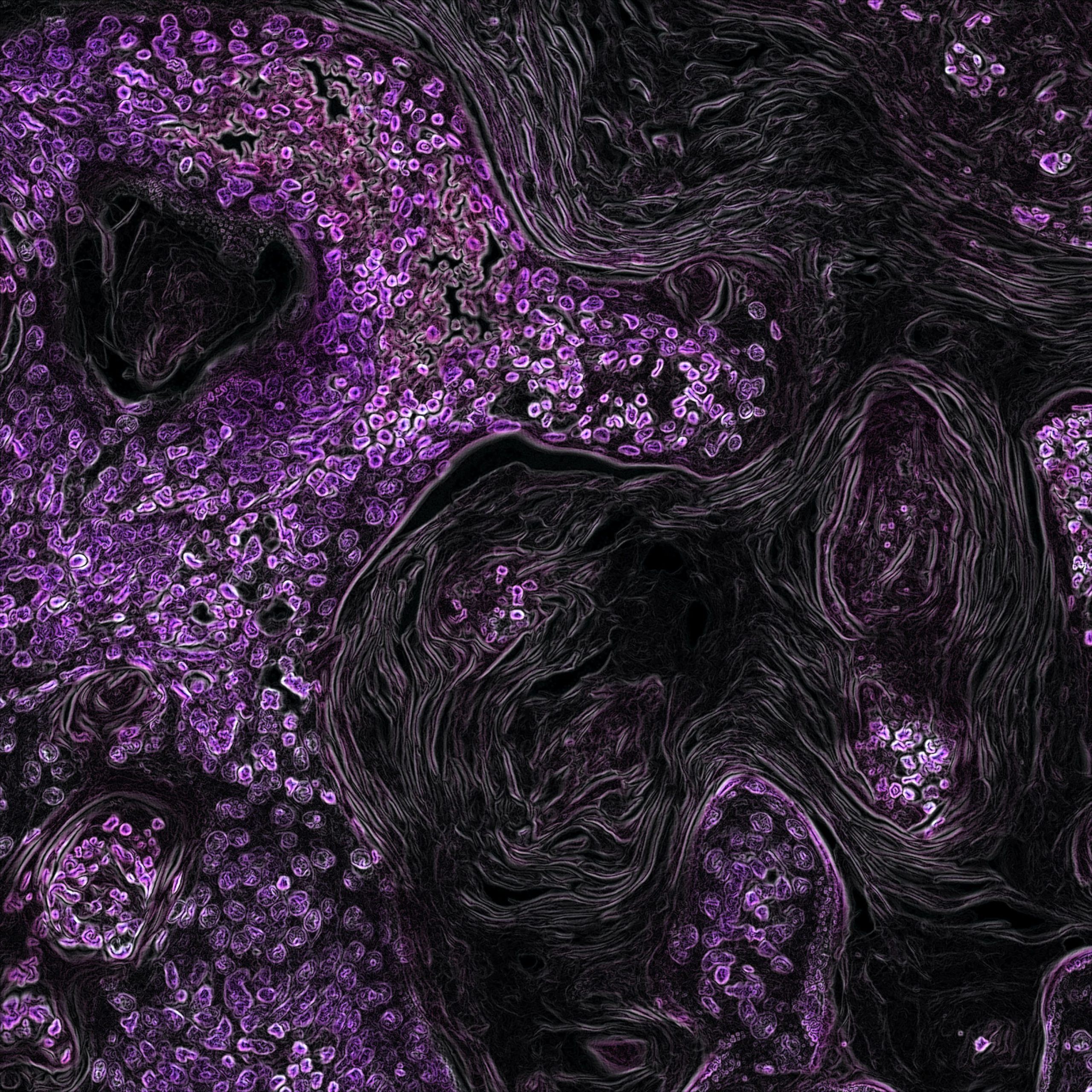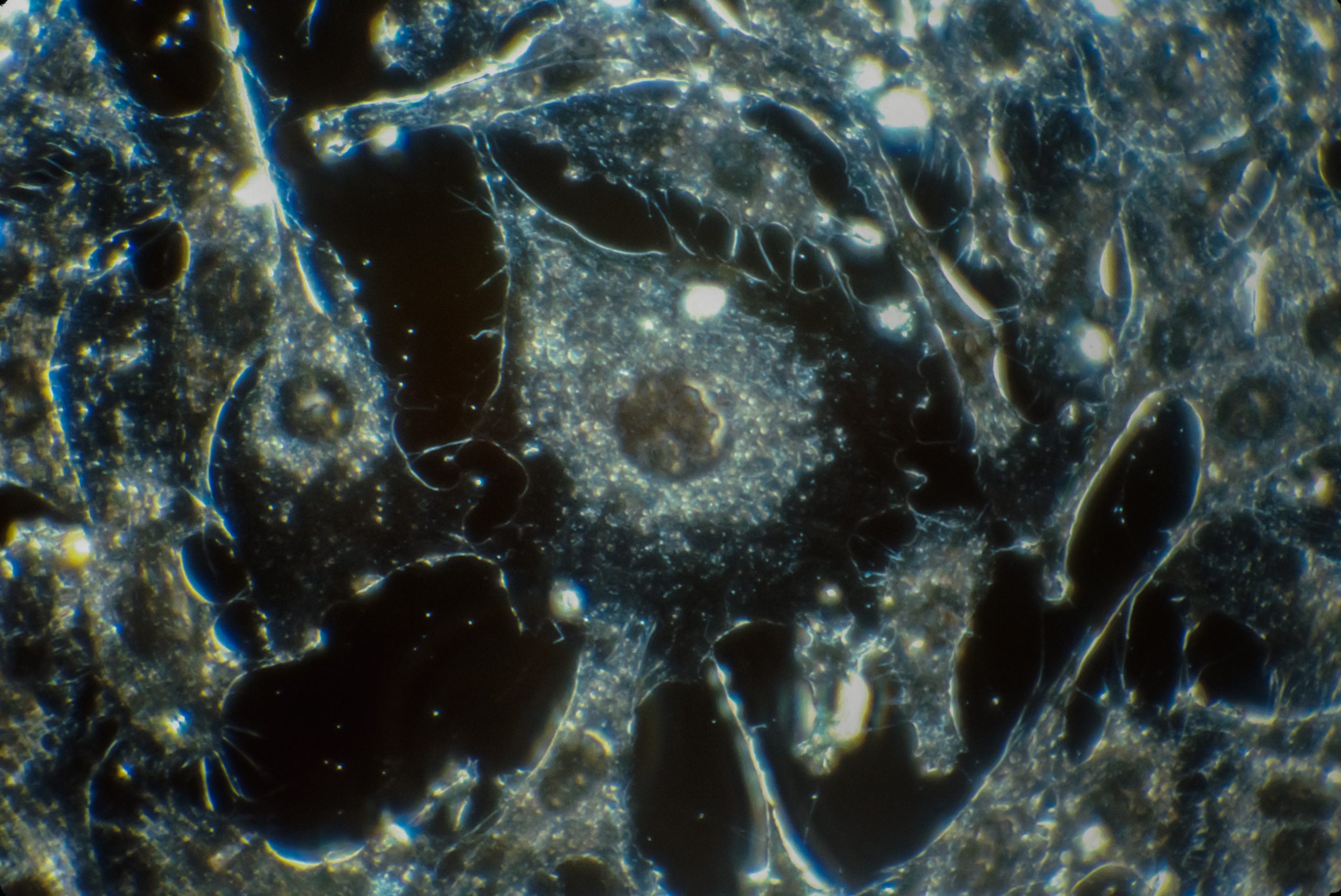Recent scientific and medical advancements have provided patients and their loved ones fresh grounds for hope despite the terrible effects of a cancer diagnosis. Several testimonies from people who beat cancer highlight the significance of a well-thought-out treatment plan. As new cancer treatments are being developed at a rapid rate, patients today have more choices than ever before. Remission or perhaps a cure may be possible with the help of treatments like immunotherapy and other targeted pharmaceutical medications. In this piece, we’ll look at the current status of cancer therapy options and their promise for reducing patient suffering and facilitating recovery from this devastating disease.
Surgery
It’s important to keep in mind that several surgical techniques exist for combating cancer. The optimal surgical strategy for a given patient depends on a number of criteria, including the specifics of their cancer, their overall condition, and the surgeon’s level of experience.
Standard surgical procedures for treating cancer are described.
Surgical removal of a breast tumor is known as a lumpectomy. The phrase “partial mastectomy” is also used to describe this operation. A lumpectomy is a common surgical procedure for early-stage breast cancer.
Both of a woman’s breasts may be removed during a medical operation known as a mastectomy. As a possible course of treatment, a mastectomy may be considered by women with advanced breast cancer.
Prostatectomy refers to the surgical removal of the prostate gland. Prostatectomy is frequently suggested for men who have been diagnosed with prostate cancer at an early stage.
Radiation therapy uses X-rays and other high-energy radiation sources to eradicate cancer cells. External radiation therapy devices and radioactive material implantation at or near the tumor are two examples of how radiation therapy can be administered.
Chemotherapy
Chemotherapy refers to the use of drugs in the treatment of cancer. Not only can chemotherapy be given intravenously (IV), but it can also be taken orally or used topically (on the skin) (as a cream or ointment). It is typically given in cycles, with the treatment phase followed by a maintenance phase. It is usual practice to combine chemotherapy with other treatments.
Fatigue, illness, vomiting, hair loss, mouth sores, and an increased risk of infection are just some of the unpleasant side effects of chemotherapy. Worrying adverse effects, such as organ failure or an allergic reaction, should be taken seriously.
Chemotherapy is not a good option for everyone with cancer. Your doctor will assess your overall health, the specifics of your ailment, and the results you’re hoping to achieve before recommending chemotherapy as a treatment.
Radiosurgery
Cancerous tissue can be surgically removed using radiosurgery. In radiation therapy, the tumor is irradiated while surrounding healthy tissue is spared. When a tumor is small and localized, radiosurgery can be an effective treatment choice.
Patients can typically return home the same day after receiving radiosurgical operations. A break of less than an hour is all that’s required to get back into the swing of things. The time needed to heal can vary from a few days to a few weeks, depending on the nature and size of the tumor removed.
Dr. Gil Lederman runs an excellent cancer radiosurgery center in New York.
Immunotherapy
Positive results from immunotherapy for cancer treatment in human studies have been found. Immunotherapy involves boosting the patient’s immune system in order to speed up the natural death of cancer cells in the body. There are already a number of immunotherapies available, and they all have their own unique mechanisms of action.
In immunotherapy, doctors utilize chemicals called checkpoint inhibitors to disable proteins that typically limit the immune response. A robust immune system is superior in its ability to detect and destroy cancer cells. Checkpoint inhibitors were first explored for their ability to combat melanoma and lung cancer, but they are now also being investigated for their potential against other cancers.
Adoptive cell therapy employs a patient’s own immune cells, which have been extracted and altered in the laboratory, to fight cancer. The modified cells are then reintroduced into the patient in an effort to strengthen their immune system’s natural defenses against malignancy. Adoptive cell therapy is now being tested in clinical studies for its potential to cure a variety of cancers.
Cancer immunotherapy is an emerging area of study that has great potential for improving patient outcomes.
Careful consideration
Inhibiting the activity of specific chemicals or genes that promote cancer’s growth and progression is what’s known as “targeted therapy.” This treatment is typically used in conjunction with other anti-cancer drugs. Targeted therapy has the potential to kill cancer cells more effectively while causing less harm to surrounding healthy tissue.
Investigations in the Health Sciences that Use Human Subjects
Patients diagnosed with cancer now have more therapy options thanks to clinical trials. Researchers are actively testing new cancer treatments on human volunteers, and the general public should be aware of this.
Clinical trials are similar to any other scientific activity in that they can have a wide range of aims, durations, and formats. Some investigate novel treatments that have not yet been made available to the public, while others take a fresh look at tried-and-true methods in the context of a specific cancer or set of cancers. Clinical trials can enhance approaches of cancer prevention, screening, and diagnosis.
Clinical trials are conducted in a wide variety of settings, including hospitals, clinics, private practices, and even community centers. When a medicine is ready to be tested on human volunteers in clinical research, it normally takes a long period of time after extensive laboratory testing.
Patients with cancer who are thinking about participating in a trial should discuss the pros and downsides of doing so with their physician. Treatment options vary from patient to patient, and clinical trials aren’t always the best choice. However, participation in a clinical trial may be a patient’s only option for gaining access to a potentially life-saving medication.
contributes to
Cancer patients have access to a wide variety of treatment modalities; therefore, it is essential to tailor a plan of care to each individual’s needs. Supportive care, which tries to alleviate disease and treatment-related discomfort, is, however, beneficial for all people living with cancer.
As part of a comprehensive treatment plan, services like pain management, dietary counseling, and psychiatric counseling might be made available. On order to give cancer patients the best palliative care possible, medical professionals must be well-versed in the disease.
Cancer patients frequently suffer from depression and anxiety. They can receive supportive care to help them cope with these challenges and improve their quality of life overall.
Strategies for Identifying Clients’ Treatment and Intervention Needs and Practicing Their Delivery
The number of available cancer treatment options has grown dramatically in recent years. If you’re at a loss for what to do, perhaps this will shed some light. Keep the following in mind as you decide on a treatment plan:
Why bother with treatment if that’s the case?
In the absence of a cure, some cancer patients may come to terms with the fact that they must pursue palliative care. The type of therapy that works best for you depends on how honestly you answer this question.
Please let me know the risks associated with this treatment as soon as feasible.
When people try new medicines, they can experience unwanted side effects. These symptoms could be somewhat annoying or fatal. Know that there is a risk of negative effects from the treatment.
My main worry is how long I will have to endure this therapy.
Therapies might be used either temporarily or permanently. Consider your availability for therapy sessions before making that commitment.
Can you estimate how much money it would need to get this done at a hospital?
The cost of cancer treatment can quickly add up. Before deciding to go through with therapy, it’s important to assess one’s financial circumstances.
Conclusion
As a result, the number of options for treating cancer has skyrocketed. A patient’s individual requirements must be taken into account while developing a treatment plan (which may include anything from surgery and chemotherapy to radiation and immunotherapy to targeted drugs). Explore your therapy possibilities so you may pick the one that best suits your needs. Talking to your doctor or health care team is the best option if you feel you need help because they can provide you recommendations that are unique to your condition.










